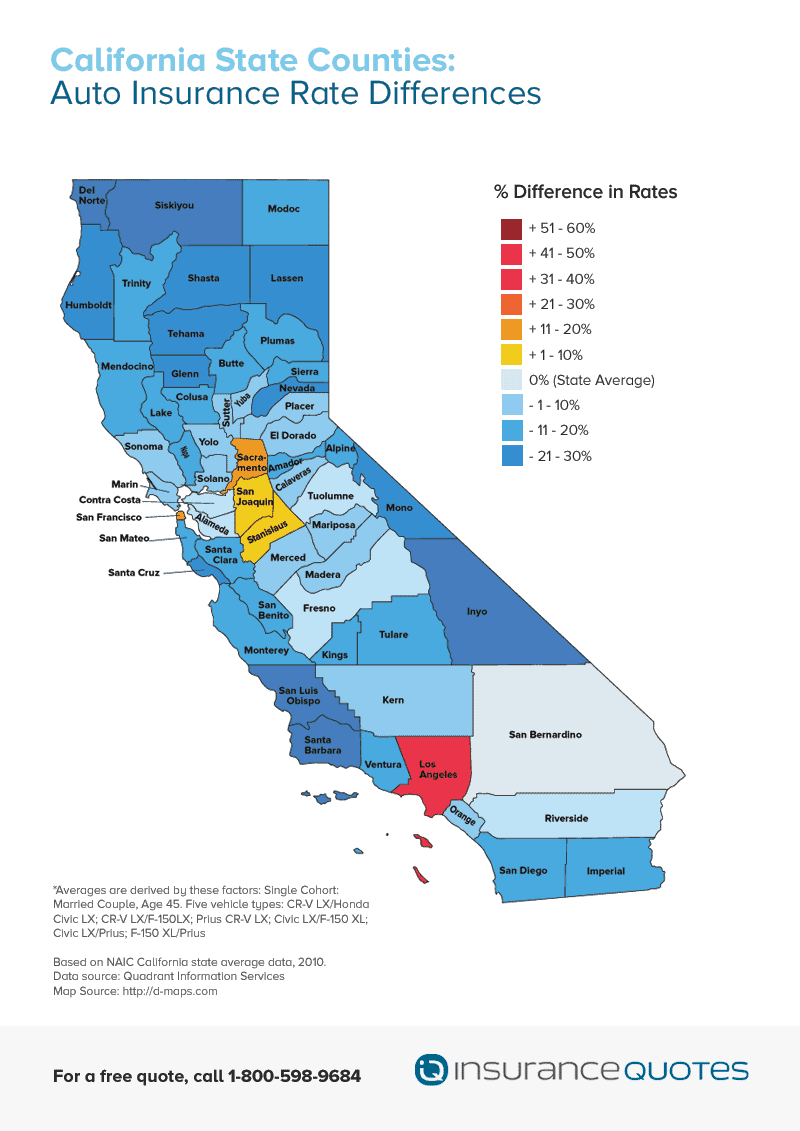Indicators on How Much Does Home Insurance Cost You Should Know
There's an old are timeshares ever a good idea joke about insurance: What do health center dress and insurance plan share? You're never ever covered as much as you think you are. If you split a smile recently, it's only because that joke has more fact than humor. We've all questioned the value of insurance at some point, whether it's cars and truck insurance, life insurance coverage, or health insurance coverage. However among the most significant secrets of the insurance coverage industry is long-lasting care insurance. When you begin shopping for long-term care insurance, you'll understand rapidly that it's pricey and complex. And that can leave you wondering whether this type of protection is worth it.
Long-lasting care insurance can add worth in certain scenarios, depending on the coverage, along with your net worth, your age, and your health history. Prior to you can fully evaluate how long-term health insurance would fit into your life, however, it's smart to master the essentials of how this coverage works. Long-lasting care insurance coverage, also referred to as long-lasting medical insurance, particularly pays for personal and custodial care expenses related to a persistent condition. Personal and custodial care services are designed to assist you with activities of daily living, also called ADLs, such as consuming, bathing, and dressing. The most common service providers of these services are home health assistants, adult day cares, and retirement home. How does insurance work.

The majority of Americans over the age of 65 rely on Medicare for their medical insurance. Medicare, nevertheless, does not pay for custodial care services. Medicaid does, however just impoverished individuals certify. For those reasons, many individuals who require long-lasting care end up funding those expenses out of their own pockets - What is a deductible in health insurance. And this is no small expenditure. Have a look at 2020 median expenses for different types of custodial care, projected by insurance coverage business Genworth: Adult day care: $1,674 each month Home health assistant: $4,517 per month Assisted living: $4,173 monthly Semi-private space in a retirement home: $7,738 monthly Personal room in a nursing house: $8,773 each month As you can see, even a short stint in a nursing home without the aid of long-lasting health insurance might rapidly weaken your monetary scenario.
As is frequently the case with insurance coverage, the more robust the protection, the higher the premiums. Custodial care is expensive, and that makes long-term care insurance expensive, too. According to the 2019 Milliman Long Term Care Insurance Survey, people who bring long-term health protection pay, usually, $2,169 in premiums each year. That number does not mean much till you understand what you get in return for those premiums. Your long-term care policy provides you access to a "swimming pool of benefits," also described as the lifetime benefit. The swimming pool of benefits on a long-lasting care policy is the quantity the insurer will pay on your behalf.
Daily or month-to-month benefit. This is the maximum the insurance company will spend for covered services, revealed as a day-to-day or regular monthly value. State you have long-lasting care insurance coverage with an everyday benefit of $150. If your private assisted living home space costs $300 daily, you can tap the insurance coverage for $150 and you 'd pay the rest. Advantage period. The benefit duration is the period of time your insurer will pay your day-to-day or regular monthly advantage. A policy with a three-year benefit pays the daily benefit for 1,095 days. Once you use those days, you no longer have protection. Likewise, you don't have to use your advantage period consecutively.
The 4-Minute Rule for How To Lower Car Insurance
You 'd then have 1,065 days left, which you could use next week or 20 years from now as long as you keep paying your premiums. The swimming pool of benefits is computed as your everyday advantage, increased by the variety of days in your advantage duration (How much is gap insurance). For instance, let's take a policy with a day-to-day benefit of $150 and a benefit duration of three years. Multiply the $150 by 1,095 days, which translates to a preliminary pool of advantages of $164,000. As you 'd expect, the daily benefit worth and the advantage duration both influence the premiums. A greater day-to-day advantage or longer benefit duration will cost you more.

These are inflation defense and the waiting duration. Inflation security. Inflation security is a built-in yearly increase to your pool of benefits. Going back to our $164,000 policy example, let's say this insurance has a 3% yearly inflation modification. After 25 years, that policy's total advantage would be about $343,380. The inflation change effects your day-to-day advantage, however not the benefit period. Waiting period. The waiting period is the duration you are accountable for your care costs prior to check here your insurance coverage starts. The waiting duration starts when you first need custodial care. For example, say you maintain the services of a full-time house health assistant on September 1.
You won't have access to your daily benefit till October. Waiting durations can be absolutely no to 90 days or more. Policies may likewise define different waiting periods for different kinds of care. A shorter waiting period usually means a higher premium. Outside of the coverage alternatives you choose, your demographics also impact the expense of your premiums. Key aspects include age, health, gender, and marital status. Age. More youthful individuals pay less than older individuals. Health. Regretfully, if you remain in poor health today, you may not even be a candidate for coverage. And even if your health is great today, any family history of chronic illness will press your premiums greater.
Gender. Females are more likely than males to need long-lasting care, so women pay higher premiums. Marital status. Couples pay less for coverage than single individuals. Couples also have access to policies with a shared advantage pool, meaning one partner could use the other's advantages if required. You won't know just how much a long-term care policy will cost you till you get a quote. But a take a look at typical premiums can show you how demographics and different benefit periods affect the rates. The table below shows balance policy expenses for a single male, single female, and a couple with similar coverage levels.
Long-term care insurance coverage steps in if you develop a health condition that needs you to receive care and guidance. This could suggest house health care, nursing home care or individual or adult daycare. Many individuals erroneously believe that Medicare or Medicaid would cover their care expenses, but this is frequently not the case. Without long-term care insurance in place, you might burn through your life cost savings or have no option but to depend on a member of the family for care. Long-lasting care insurance coverage is worth it because it safeguards your properties, spares your family from financial and psychological stress, and puts you in control of your health decisions.
